"Hellapogos"
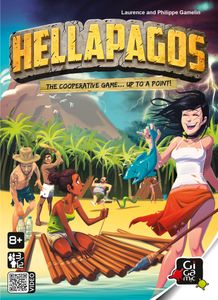
BACKGROUND: Heellapagos is a "co-opetition" board game for 3-12 players and designed by Laurence Gamelin and Philippe Gamelin and published by Gigamic. Players try to work together to get as many as 1 player off a deserted island by building a raft and gathering food and supplies. However, be careful, as if you don't have enough food or water, someone might die.
GAMEPLAY: The game takes place in days, starting with the Leader. First, the Weather changes by flipping over a weather card. Each player takes one action during their turn. Finally, drop the Food and Water trackers by the number of players, and pass the Leader token to the next player. Players also have a hand of cards to play at any time.
/pic4324307.jpg)
ACTIONS:
1. Gathering Wood-Advance the Wood tracker on the board by one stage, then randomly draw from the bag to gather extra wood. Every brown ball will add 1 to the track, but if the player doesn't stop drawing before the black ball is drawn, they get a Sick card and no extra wood.
2. Collecting Water: Advance the Water track according to the number on the Weather
3. Go Fishing: Draw a ball from the bag. Raise the food tracker by the number of fish on the ball.
4. Salvage: Draw a card from the deck, located in the Ship stand.
/pic4324298.jpg)
SICK & DYING: If at any time the Food or Water tracker would hit below 0, it stops and a vote happens. The leader counts to 3, and each player chooses any player (including themselves) to be chosen to die. A player can survive if chosen to be eliminated by discarding a card of the missing resource. After the vote, only a number of players equal to the number of available
rations remain, while the others die. If a resource is ever at 0 during collection, all players will die unless they discard to same themselves. If a player gets a Sick card, they cannot vote, play cards, or take an action during the next round.
WINNING: At the end of a round, players check after decreasing the Food and Water tracker to see if victory is met. To win, there must be a number of Seats on the raft equal to players and an amount of Food and Water equal to the number of players. Whenever the wood tracker hits 6, add a Seat to the raft, and reset to 0. However, if the Hurricane card is flipped, the rounds end, and players must eliminate players until either victory is met or everyone is dead.
CONCLUSION: Hellapogos is hard. There's a certain level of strategy and planning that can be screwed up by a lack of drawing good cards or enough fish. This is really a game about struggling to find a solution when the odds are against you. That's fine, but the level of RNG can be frustrating when you know that you're close to finishing, and there's that brick wall in the way. Also, this is a game about communication, so make sure to talk to your players or you could end up dead very quickly. Heck, because of the gun and bullet cards, you can end up dead quickly regardless, depending on if the players are going for one strategy and you're going for another. If you have ever wanted to see how hard it would be for your friends to survive a shipwreck on an island, and who would die first, play this. If you like high levels of difficulty, play this. If it isn't your forte, however, then just sail past this island.

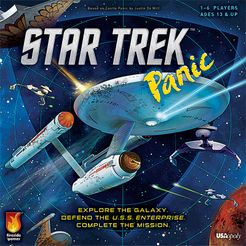
/pic3062477.jpg)
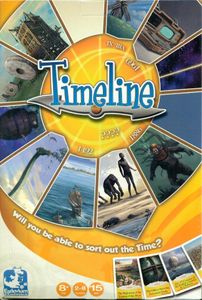
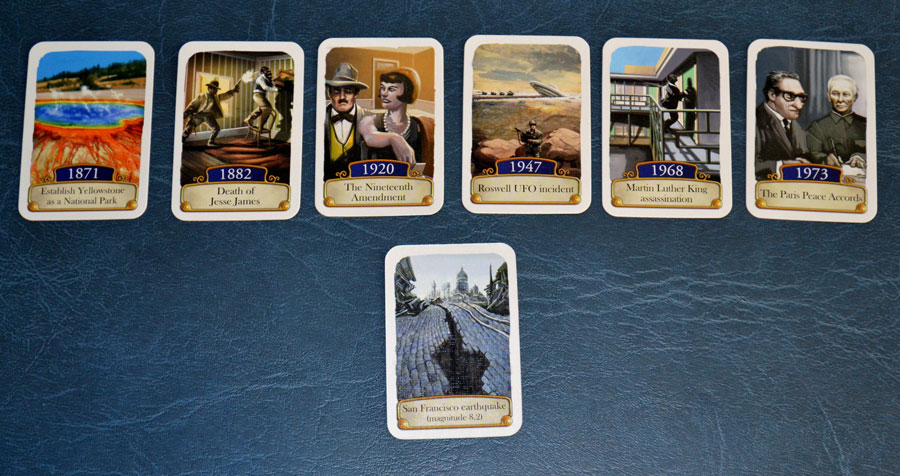
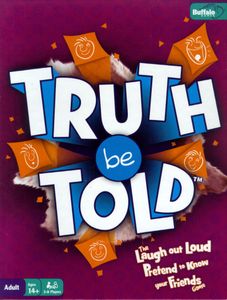
/pic578440.jpg)
/pic3140636.png)
/pic3162273.jpg)